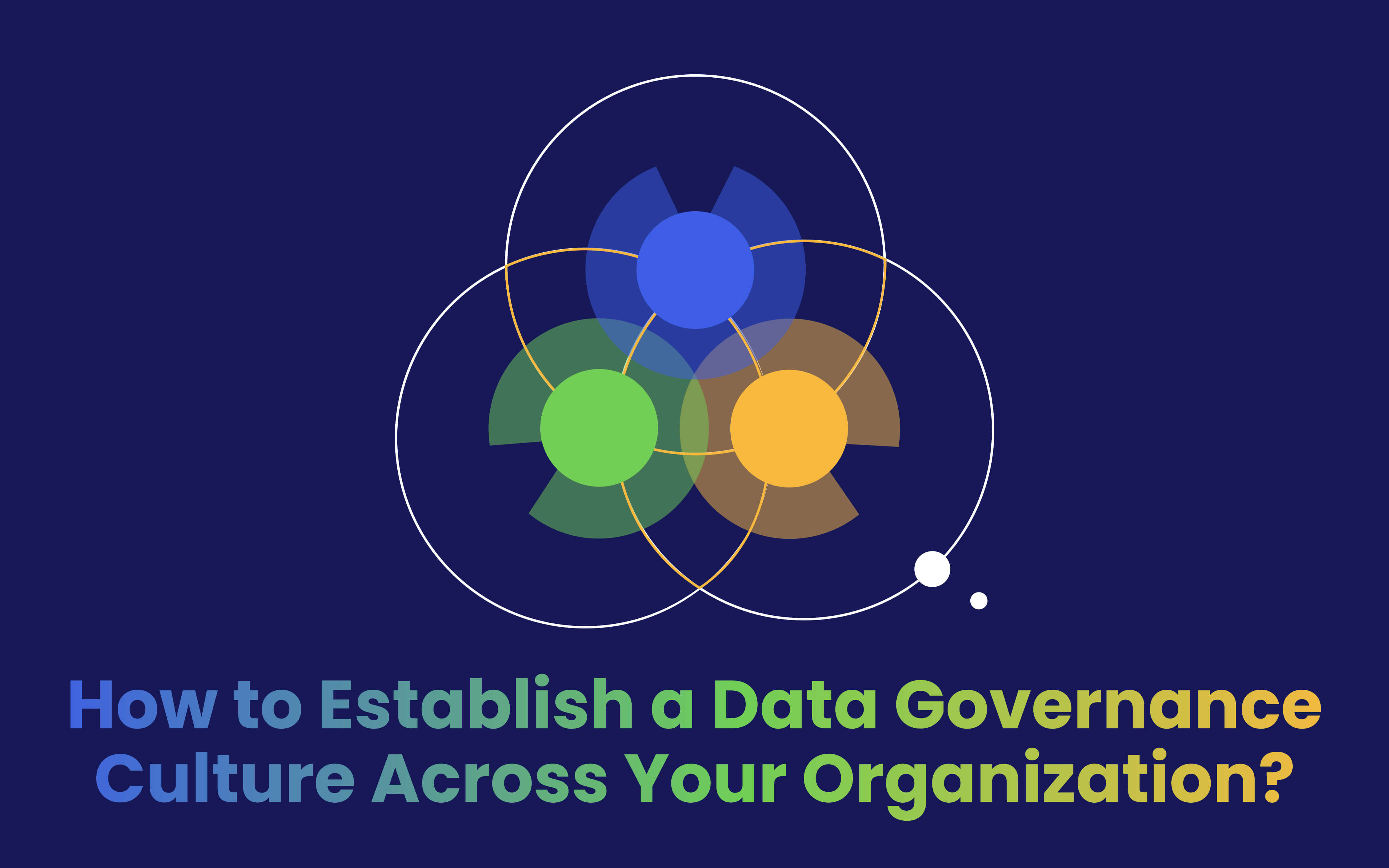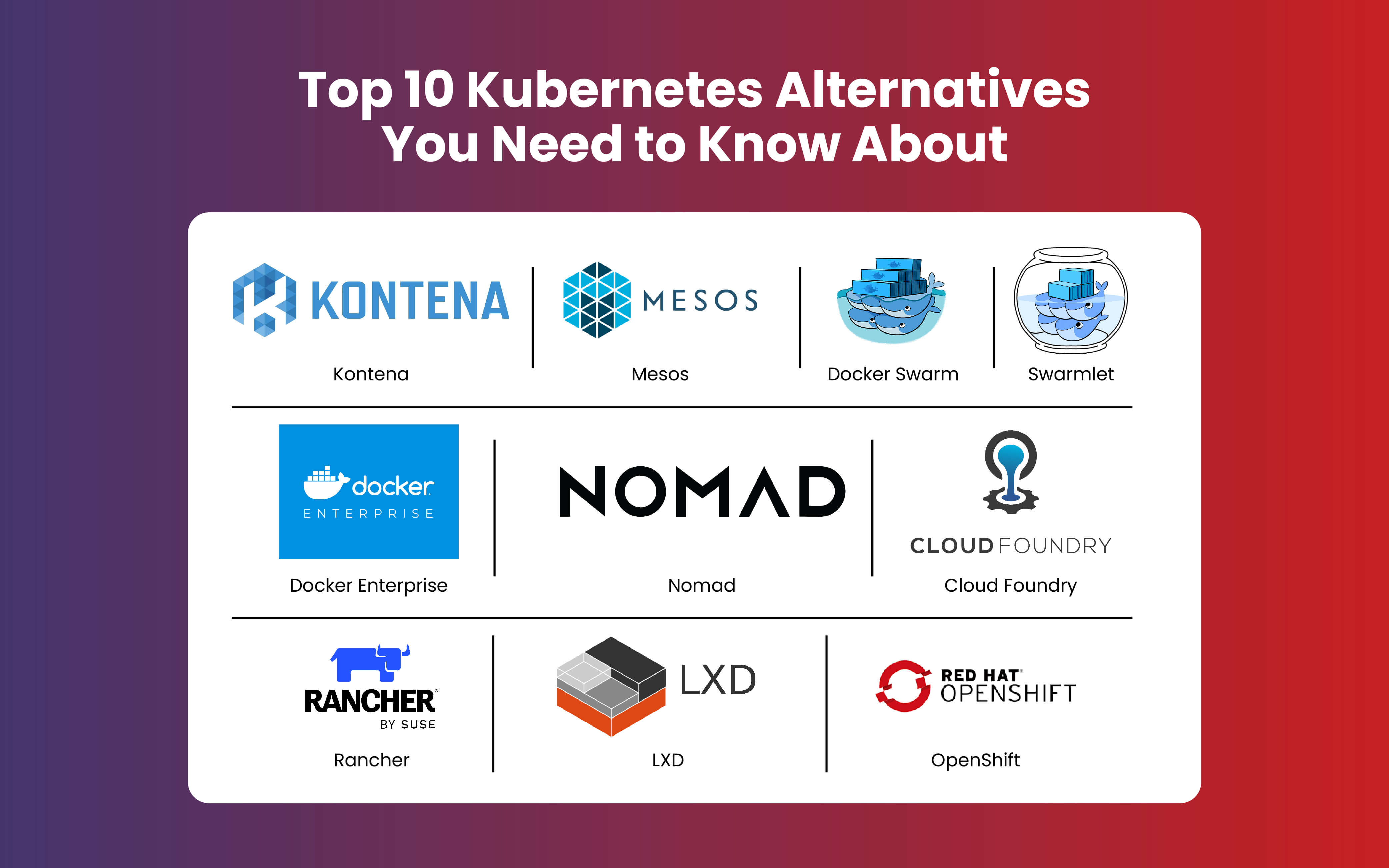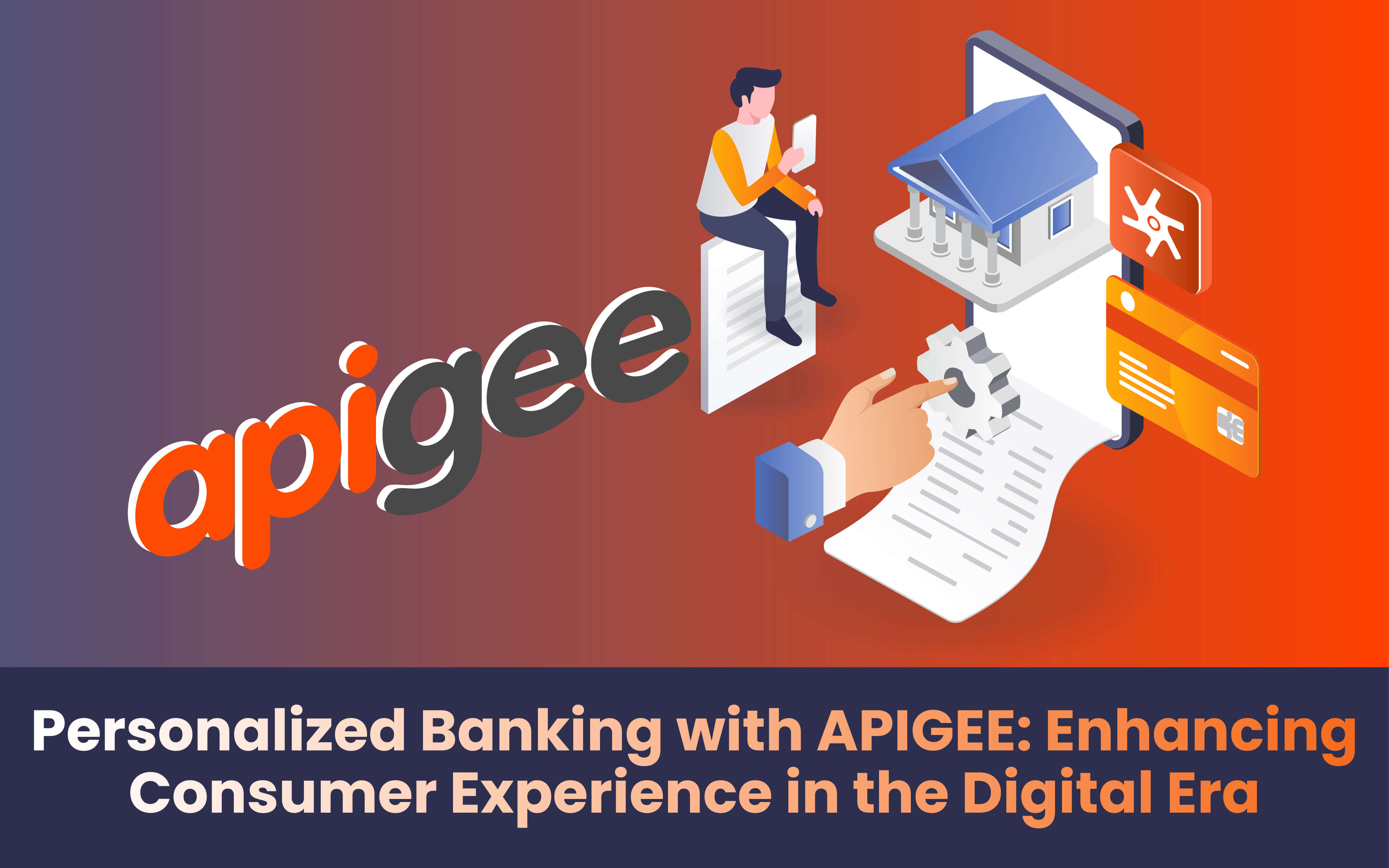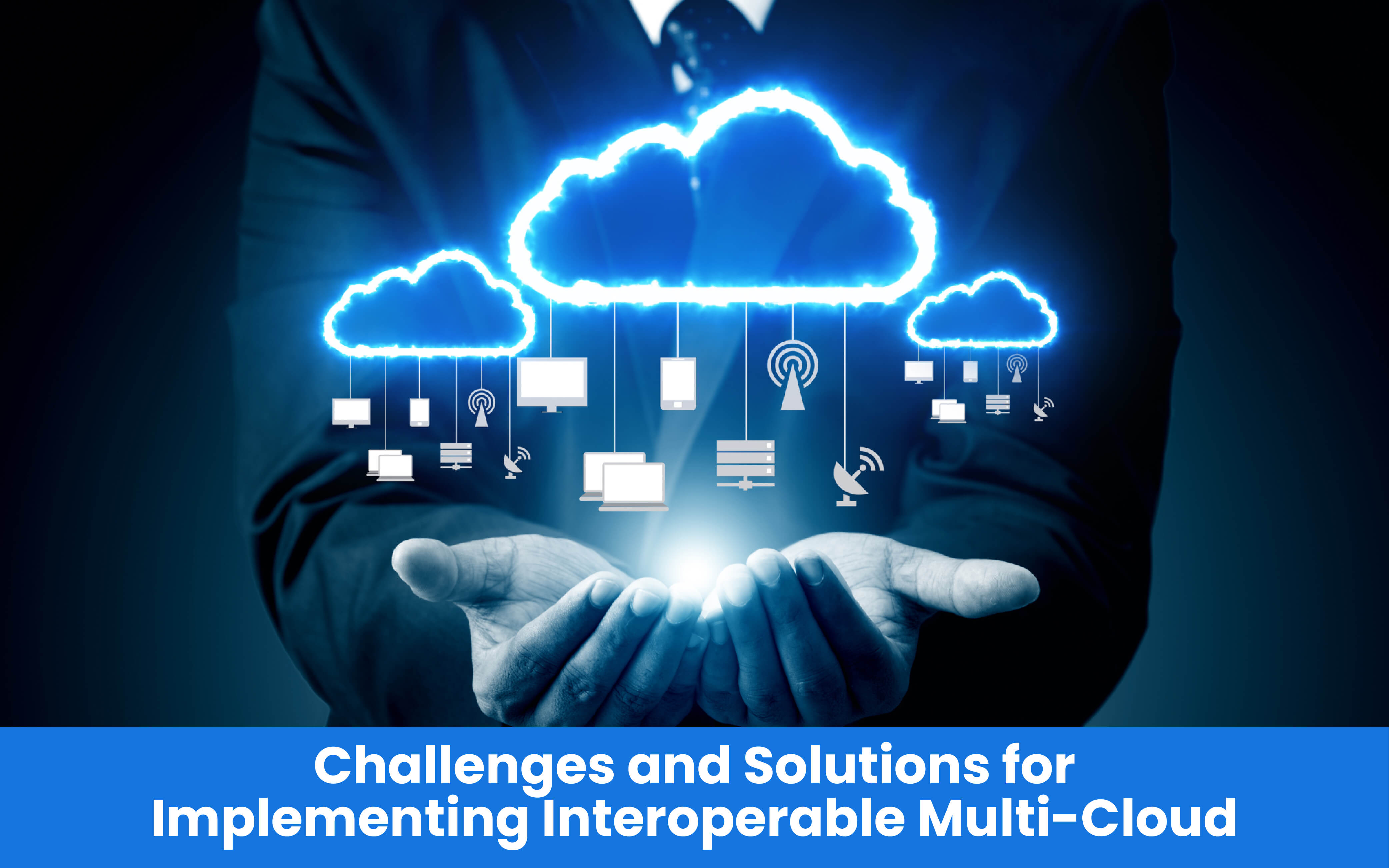Blogs
To know about all things Digitisation and Innovation read our blogs here.
Digital Engineering
Digital Engineering: A Strategic Imperative for Businesses in the Digital Age
SID Global Solutions
24 May 2023
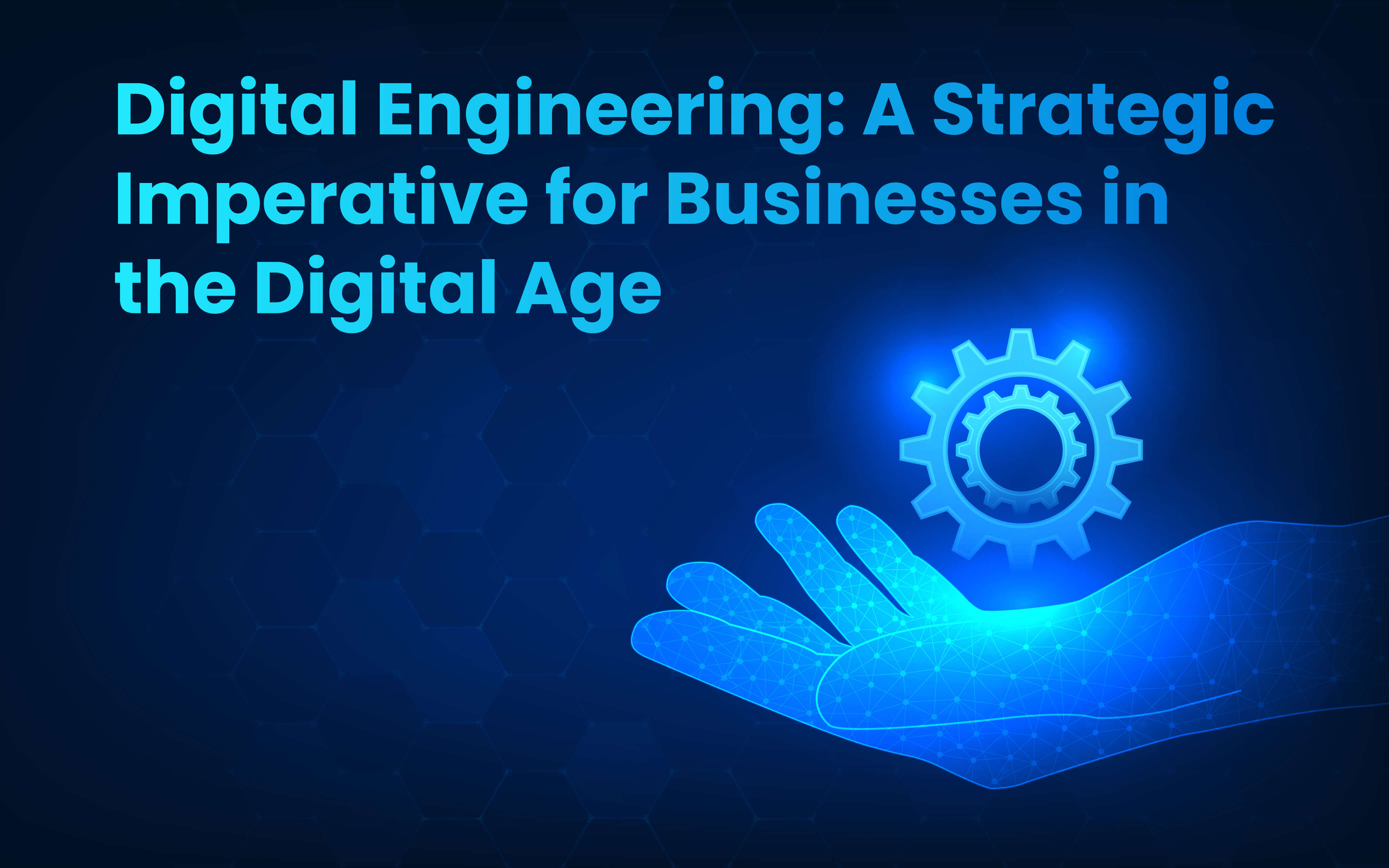
Introduction
In today’s rapidly evolving digital landscape, businesses are facing unprecedented challenges and opportunities. The rise of technology and the increasing digitization of processes have made digital engineering a crucial aspect of business success. This comprehensive guide explores the importance of digital engineering in the digital age and provides detailed insights into various strategies and practices that businesses can adopt to thrive in this dynamic environment.
Creating a Strategic Roadmap for Digital Business Success
In today’s digital age, businesses must have a well-defined strategic roadmap to effectively leverage digital engineering for success. This involves aligning digital initiatives with overall business goals and objectives. To begin, it is crucial to conduct a comprehensive business analysis to understand the current state of the organization, identify areas for improvement, and determine key performance indicators (KPIs) to track progress.
Once the analysis is complete, the next step is to set clear goals and objectives for the digital engineering initiatives. These goals should be specific, measurable, attainable, relevant, and time-bound (SMART). It is essential to involve key stakeholders from different departments to ensure alignment and gather diverse perspectives.
Identifying potential roadblocks is another critical aspect of strategic planning. This involves analyzing the organization’s internal capabilities, assessing the competitive landscape, and considering potential risks and challenges. By proactively identifying obstacles, businesses can develop contingency plans and mitigation strategies.
The strategic roadmap should include an actionable plan that outlines the necessary steps, timelines, and resources required to achieve the defined goals. It should also emphasize flexibility and adaptability to accommodate changes in the digital landscape.
Also Read: Best Practices for Successfully Implementing Microservices in Your Organization
Crafting and Executing Digital Product, Platform, and Service Solutions
Digital products, platforms, and services are essential components of a successful digital business strategy. Crafting and executing these solutions require careful consideration of user needs, efficient development methodologies, and continuous iteration.
User-centric design is crucial for creating digital products that meet customer expectations. This involves conducting user research, analyzing user behavior, and incorporating user feedback throughout the design process. By understanding users’ pain points, preferences, and goals, businesses can develop intuitive and engaging digital experiences.
Agile development methodologies, such as Scrum or Kanban, enable iterative and incremental development. This approach promotes collaboration, flexibility, and faster time-to-market. Cross-functional teams work in sprints, delivering working increments of the product at regular intervals. Continuous testing and feedback loops ensure that the product meets quality standards and aligns with user requirements.
Continuous iteration is a fundamental principle in digital product development. Through user feedback, analytics, and market insights, businesses can identify areas for improvement and refine their digital solutions. This iterative approach allows for the incorporation of new features, enhancements, and optimizations based on evolving user needs and market trends.
Revolutionizing Customer Experience: Innovate, Develop, and Modernize
Customer experience is a key differentiator in the digital age. Businesses must continually innovate, develop, and modernize their customer experience strategies to stay competitive.
Innovation plays a crucial role in revolutionizing customer experience. By fostering a culture of innovation, businesses can encourage employees to think creatively and identify new ways to delight customers. This can involve exploring emerging technologies, conducting customer journey mapping, and leveraging customer feedback to identify pain points and opportunities for improvement.
Development of customer-centric solutions is essential for creating a seamless and personalized experience. This includes leveraging data analytics to gain insights into customer behavior, preferences, and patterns. By understanding customer needs, businesses can tailor their products, services, and communication channels to deliver a personalized experience at every touchpoint.
Modernizing customer experience involves embracing digital channels and technologies. This may include implementing omnichannel strategies, developing mobile applications, or integrating artificial intelligence (AI) and chatbots for efficient customer support. The aim is to provide customers with a consistent, frictionless experience across various platforms and devices.
Streamlining and Automating Enterprise Integration
In today’s digital landscape, businesses rely on a multitude of systems, applications, and data sources. Streamlining and automating enterprise integration is crucial for optimizing processes, improving efficiency, and enabling seamless data flow across the organization.
Enterprise integration involves connecting various systems and applications within an organization to enable the smooth exchange of data and information. This integration eliminates silos and enables real-time access to critical business data, fostering collaboration and informed decision-making.
To streamline enterprise integration, businesses can adopt integration frameworks and tools that provide a unified platform for connecting disparate systems. This allows for the efficient flow of data between applications, databases, and APIs. Implementing standardized data formats and protocols, such as RESTful APIs or XML, facilitates seamless integration and interoperability.
Automating enterprise integration processes can significantly enhance efficiency and productivity. Robotic Process Automation (RPA) and integration middleware solutions enable the automation of repetitive and manual tasks, reducing human error and accelerating data processing. Automated data synchronization, data transformation, and event-driven workflows ensure that information flows seamlessly across systems in a timely manner.
Furthermore, adopting an API-first approach can simplify enterprise integration by designing systems with well-defined APIs that can be easily connected and extended. APIs serve as the building blocks for creating a connected ecosystem, enabling businesses to leverage external services, partner integrations, and third-party applications.
By streamlining and automating enterprise integration, businesses can achieve several benefits, including improved data accuracy, increased operational efficiency, enhanced agility, and faster time-to-market for new products and services.
Also Read: DevOps Security Checklist To Safeguard Your Software Development Process
Building a Unified and Effective Enterprise Architecture
A robust and cohesive enterprise architecture is crucial for digital engineering success. It provides a structured framework for aligning business goals, technology infrastructure, and digital initiatives.
Enterprise architecture involves designing and documenting the organization’s structure, processes, systems, and technology components. This includes defining architectural principles, standards, and guidelines that govern the development, integration, and maintenance of technology solutions.
A unified enterprise architecture ensures consistency, interoperability, and scalability across different systems and applications. It enables seamless data exchange, promotes reusability of components, and facilitates efficient system integration. By adopting standardized architectural frameworks such as TOGAF or Zachman, businesses can establish a common language and structure for managing their technology landscape.
Effective enterprise architecture also takes into account future scalability and flexibility. It anticipates technological advancements and evolving business needs, allowing for agile adaptations and future-proofing. By conducting regular architectural assessments and aligning technology investments with strategic goals, businesses can ensure that their enterprise architecture remains relevant and adaptable.
Harnessing the Power of Cloud Technology and Platforms for Growth
Cloud technology has revolutionized the way businesses operate, offering scalability, agility, and cost-efficiency. Harnessing the power of cloud technology and platforms is vital for businesses in the digital age.
Cloud adoption allows organizations to leverage on-demand computing resources, including storage, processing power, and software services. This eliminates the need for extensive on-premises infrastructure, reducing costs and enabling rapid scalability. Businesses can leverage public, private, or hybrid cloud models based on their specific requirements.
Cloud platforms, such as Amazon Web Services (AWS), Microsoft Azure, or Google Cloud, provide a range of services and tools for building, deploying, and managing digital solutions. These platforms offer a wide array of services, including compute power, storage, databases, analytics, AI, and machine learning capabilities. By leveraging these cloud services, businesses can accelerate development, reduce time-to-market, and focus on their core competencies.
Migrating existing applications and systems to the cloud requires careful planning and execution. It involves assessing the compatibility and dependencies of applications, ensuring data security and privacy, and implementing effective cloud governance and management practices. Cloud-native development practices, such as containerization and microservices architecture, further optimize the utilization of cloud resources and enable seamless scalability.
By harnessing the power of cloud technology and platforms, businesses can unlock new opportunities for growth, innovation, and operational efficiency.
Also Read: Why Observability is Crucial for Modern Software Systems?
Prioritizing Trust, Privacy, and Cyber-Resilience in the Digital Age
In the digital age, ensuring trust, privacy, and cyber-resilience is of paramount importance. Businesses must prioritize the protection of customer data, safeguarding sensitive information, and maintaining a secure digital environment.
To prioritize trust and privacy, businesses should implement robust data protection measures. This includes complying with relevant data protection regulations such as the General Data Protection Regulation (GDPR) or the California Consumer Privacy Act (CCPA). Organizations should establish data governance frameworks that outline data collection, usage, storage, and disposal practices. Implementing encryption, access controls, and regular security audits can help safeguard customer data from unauthorized access or breaches.
Cyber-resilience involves building an organizational culture that is proactive in identifying, mitigating, and responding to cyber threats. Businesses should conduct regular security assessments, vulnerability testing, and penetration testing to identify and address potential weaknesses in their digital infrastructure. Creating incident response plans and conducting cybersecurity training and awareness programs for employees can enhance an organization’s ability to detect and respond to cyber threats effectively.
Furthermore, businesses should collaborate with trusted partners and vendors who prioritize security and privacy. This includes conducting due diligence in selecting technology providers, ensuring they adhere to stringent security practices and protocols.
Maintaining transparency and communication with customers regarding data usage, privacy policies, and security measures is vital for building trust. Clearly articulating how customer data is collected, used, and protected fosters transparency and helps establish a strong relationship with customers.
By prioritizing trust, privacy, and cyber-resilience, businesses can not only protect their reputation and customer relationships but also demonstrate a commitment to ethical business practices in the digital landscape.
Empowering Decision Making and Business Intelligence with Data and AI Transformation
Data and artificial intelligence (AI) have the potential to transform decision-making processes and drive business intelligence. By harnessing the power of data and AI, businesses can gain valuable insights, make data-driven decisions, and unlock new growth opportunities.
Data transformation involves aggregating, cleansing, and analyzing data to extract meaningful insights. Businesses should establish robust data management processes, including data governance, data quality assurance, and data integration. Implementing advanced analytics techniques, such as predictive modeling, machine learning, and data visualization, enables businesses to uncover patterns, trends, and correlations in large datasets.
AI transformation involves leveraging AI technologies and algorithms to automate processes, augment human capabilities, and enhance decision-making. This can include deploying AI-powered chatbots for customer support, using natural language processing for sentiment analysis, or implementing machine learning algorithms for demand forecasting. AI-driven automation streamlines operations, reduces errors, and enables organizations to focus on high-value activities.
To empower decision-making, businesses should establish a data-driven culture across the organization. This includes providing employees with access to relevant data and analytics tools, promoting data literacy and analytical skills, and fostering a collaborative environment for data-driven decision-making. Implementing data visualization tools and dashboards enables stakeholders to easily interpret and act upon insights.
Also Read: Revisiting Monolithic Architecture: Amazon’s Return to Simplicity
Furthermore, businesses should prioritize ethical considerations in data and AI transformation. This includes ensuring data privacy and security, avoiding bias in algorithmic decision-making, and maintaining transparency in AI-powered processes. Ethical AI frameworks, guidelines, and governance models can help businesses navigate the ethical implications of AI adoption.
By harnessing the power of data and AI transformation, businesses can gain a competitive edge, drive innovation, and make informed decisions that lead to sustainable growth in the digital age.
Conclusion
In the digital age, digital engineering has become a strategic imperative for businesses seeking to thrive in a dynamic and competitive landscape. This comprehensive guide has explored the significance of digital engineering and provided detailed insights into key strategies and practices for success.
By embracing digital engineering in all its dimensions, businesses can position themselves for success in the digital age. It requires a holistic approach, combining strategy, innovation, technology, and a customer-centric mindset. By continuously evolving and adapting to the changing digital landscape, businesses can thrive and maintain a competitive advantage in today’s software-driven world.

